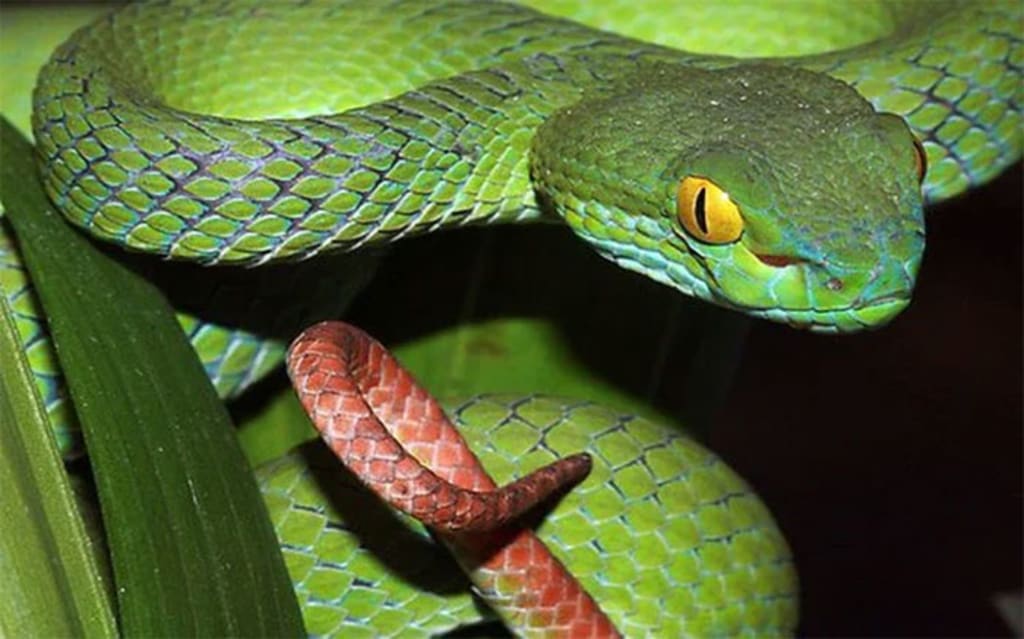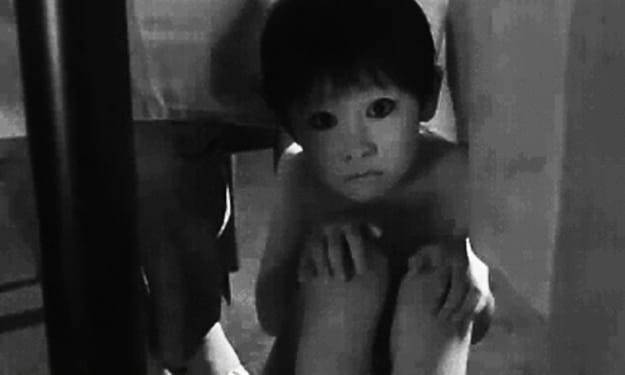Bitten by a poisonous snake, what to do and what not to do to avoid danger
The rainy season is the period of birth and development of snakes, especially poisonous snakes. When bitten by a poisonous snake, to minimize the harmful effects of snake venom on the body, in addition to first aid and symptoms, it is also necessary to know what "should" and "should not" do to avoid danger.

First aid properly
Doctor Nguyen Hoang Quan - Poison Control Intensive Care Department, Thu Duc City Hospital - said that recognizing venomous snake bites and providing first aid for venomous snake bites properly is extremely necessary. First aid methods include:
Try to identify the species of snake that bit you , its color, size, head shape, and method of attack. If you have caught a snake, take a photo of the snake or bring the dead snake along to a medical facility.
Reassure the victim.
Immobilize the bitten limb with a strap , wooden stick or metal rod (moving or contracting muscles increases the absorption of snake venom). This method is used for victims of snakes that have toxins that affect hemostasis (vipers, indigo snakes).
Pressure bandage - immobilization method: This is a method to slow down the absorption of snake venom from the bite. It is best to use an elastic bandage about 10cm wide and about 4.5m long. If you don't have one, you can use any roll of fabric. available.
Wrap tightly around the entire bitten limb starting from the fingers or toes and going up, then wrap the wooden or metal bar that holds the bitten limb. The bandage is wrapped as tightly as for a sprain, but not so tight that all peripheral pulses are cut off.
Do not remove the bandage until the victim is transported to a medical facility with adequate resuscitation equipment. This method is applicable to victims of snakes with toxins that affect the nervous system (sea snakes, cobras, banded kraits, and banded kraits).
After first aid, the victim must be quickly taken to a medical facility in the safest and most comfortable way possible, avoiding movement of the victim, especially the bitten limb, as this increases the absorption of toxins into the blood. The victim must be carried or transported by vehicle, not allowed to walk on their own.
Red-tailed viper
Some common venomous snakes can be recognized based on the snake's characteristic external characteristics.
Things not to do
According to Dr. Le Xuan Duong - emergency department, Central Military Hospital 108, distinguishing between venomous snakes and non-poisonous snakes is sometimes very difficult. However, it is possible to recognize some common types of venomous snakes based on the snake's characteristic external features: cobras (when preparing to attack, their necks are stiff, making a characteristic sound), kraits ( body 'yellow segment black segment'), garter snake (body 'white segment black segment'), viper family (big head shaped like a diamond or triangle).
Venomous snakes usually have two large fangs (also called venom hooks) and are usually located in the upper incisors, so when biting, they often leave a characteristic bite mark that can help identify venomous snakes. The fangs of venomous snakes act as needles for hypodermic or intramuscular injections.
Some types of cobras, even though they are at a distance from the victim, can still spray venom towards the victim and cause eye damage, possibly causing systemic poisoning.
When bitten by a snake, the following measures should not be used:
Tourniquet: A tourniquet is a method of completely blocking an artery. It is painful, very dangerous and cannot be maintained for long (no more than 40 minutes), limbs are susceptible to dangerous anemia. Many cases later required limb amputation because of a tourniquet. In addition, when you get to the hospital and the doctor removes the tourniquet, the poison will rush to the heart at the same time, causing the patient to go into shock, threatening his life.
Incision, puncture, prick, or puncture of the bite area: These measures are not beneficial and clearly cause further harm to the patient (further damage to blood vessels, nerves, etc., further infection).
Venom suction: No benefit.
Applying ice (cold compresses): Has been shown to be harmful.
Using folk, traditional, and home remedies: Not beneficial, when applied can cause infection, when taken orally can harm the victim.
Attempting to catch or kill a snake: If the snake is dead or the snake is caught, it must be brought with the patient to the hospital for identification.
Prevent snake bites
Know the types of snakes in the area, know the areas where snakes like to live or hide.
Wear boots, high boots and long pants, especially when walking in the dark, and wear a wide-brimmed hat if walking in the forest or in areas with lots of grass.
The farther you stay away from snakes, the better. Do not catch, chase or force snakes in closed areas.
Do not live near places where snakes like to reside or like to visit, such as rubble piles, rubble piles, trash piles, or places where family animals are kept.
To avoid being bitten by sea snakes, people should not catch snakes in nets or fishing lines.
Use a light if in the dark or at night.
About the Creator
HK Decor
Telling stories my heart needs to tell <3 life is a journey, not a competition
If you like what you read, feel free to leave a tip,I would love some feedback
https://sites.google.com/view/hk-decor/trang-ch%E1%BB%A7
Enjoyed the story? Support the Creator.
Subscribe for free to receive all their stories in your feed. You could also pledge your support or give them a one-off tip, letting them know you appreciate their work.






Comments
There are no comments for this story
Be the first to respond and start the conversation.